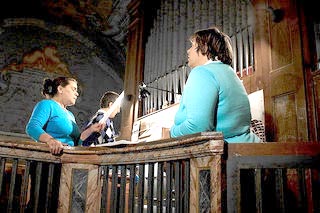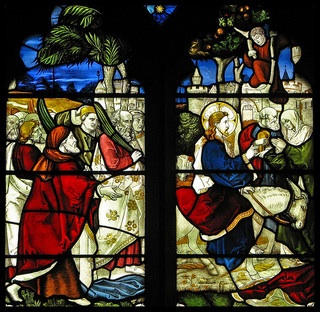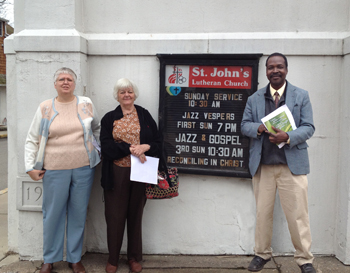Did watch manufacturers ever predict that their major competitors would be cell phones? That’s what has happened. Cell phones display the time prominently. No need for a watch. Bulova, Timex, and Seiko were watching each other while T-mobile and the Iphone began to make them obsolete.
 Understanding your competition is important to successful honing and implementation of mission.
Understanding your competition is important to successful honing and implementation of mission.
Many churches have no clue that there is competition. There is.
We often address symptoms of the competition and miss the diagnosis. The competition is not:
- the neighboring church of a different denomination
- the church with the charismatic pastor or hefty endowment
- the bigger church of your same denomination
- Saturday morning sports
- demands of the schools on family time
- dysfunctional families
- televangelism
These are symptoms.
The competition is the force that separates people from God and wanting to be in communion with the people of God. There was a time when the religious were bold enough to give it a name . . . Satan.
Most churches act as if their mission were to attract the biggest piece of the existing religious pie.
That’s what happens when you rely on demographers to direct mission efforts. Demographers can measure the known. Careful studies count the number of existing “Lutherans” in a geographic area. They compare it to how many “Lutherans” were in that area a decade ago. They measure the household income of the people in the neighborhood.
That’s where the train jumps the track.
Mission is about reaching those who are not measured by demographers and will not have the inclination to support ministry with a piece of their household income for some time.
The biggest problem (and there are many) in this approach to mission is that it keeps churches from working together.
Denominational church structures are designed to facilitate mission, but in tough economic times they can become self-focused, making decisions that protect their own status quo.
Denominations and congregations cannot serve our neighbors while we are coveting their people, their money, their staff, and their property.
When each visitor is seen as a potential “sell,” we fail to reach the soul of a seeker longing to know God. When each congregation is measured by its ability to support the denomination, not its community or mission, we fail the Church as a whole.
There is a trickle down effect. Unaddressed problems spread over the years. Failure to help one struggling church becomes ten neglected churches within a decade or so.
Our Ambassadors have visited many congregations. We have seen separate communities facing the same challenges—most of them in isolation. Some of them are within a three-mile radius (in well-populated areas). Some of them face closure—one at a time—over the next decade or two. Since the ability to support an expensive structure is put before mission, they fight an uphill battle even within their denomination.
There is untapped power in working together. Yet the Church that talks about unity is crippled as they seek success and solutions that help their bottom lines today.
When the church understands that their mission is to reach the world outside their demographics, progress will be made.
We offer a quote prominently displayed on another website.








